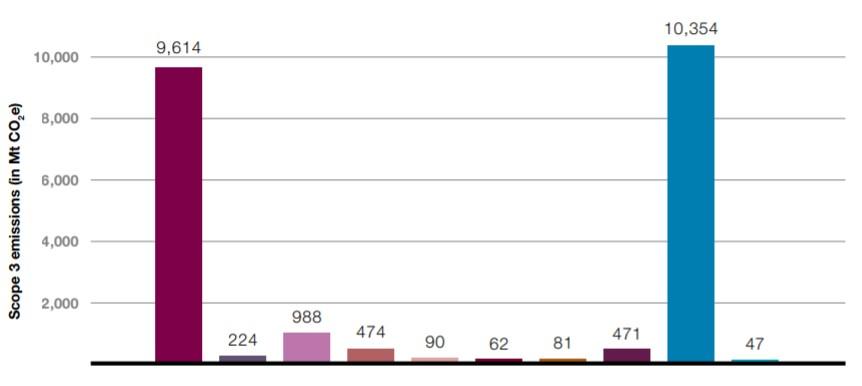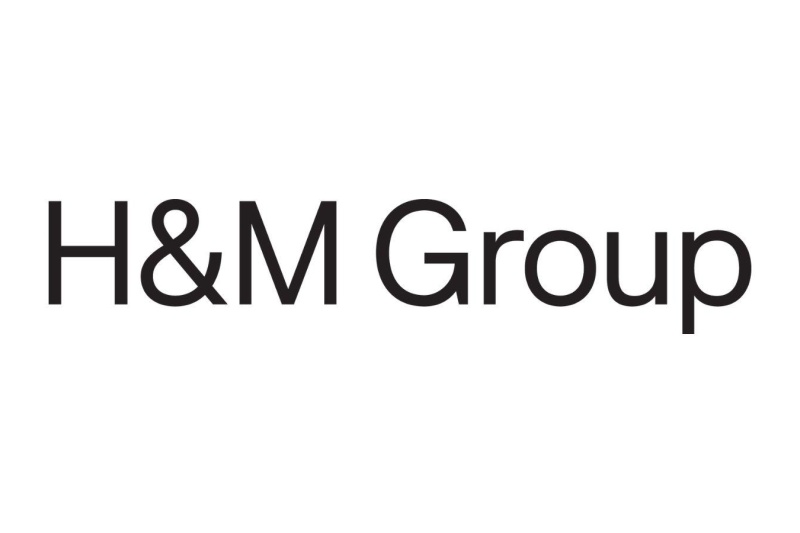
How can companies address their scope 3 greenhouse gas emissions?
25th May 2018
In order to keep global temperature increase to well-below 2⁰C and meet the goals laid out in the Paris Agreement, everyone needs to take bold action to reduce their share of emissions and do so as soon as possible. Companies are responsible for the majority of global emissions and therefore play an integral role in meeting these goals.
To date, over 400 companies have joined the Science Based Targets initiative (SBTi), committing to reduce their greenhouse gas emissions in line with climate science. Over 100 of these companies already have targets approved by the initiative. Approximately 90% of these companies have scope 3 targets. Scope 3 emissions are all indirect upstream and downstream emissions that occur in the value chain of the reporting company, excluding indirect emissions associated with power generation (scope 2).
Why are scope 3 targets important?
While momentum for science-based targets continues to grow, we need to move much faster to meet the ambitious goals set out in the Paris Agreement. Emissions across all scopes to be reduced and eventually reach net zero. This means more companies setting science-based targets, and more and more of those companies addressing emissions across their value chain. For the majority of sectors, the largest sources of a company’s emissions lie upstream and/or downstream of their core operations. For that reason, if scope 3 emissions represent more than 40% of a company’s overall emissions, the SBTi requires they set a target to cover this impact. There are different options for companies to set a scope 3 target.
Applying SBT methods to scope 3
The most ambitious scope 3 targets are set using a science-based targets setting method. These methods are designed for addressing scope 1 and 2 emissions, but they can be applied to scope 3 as well.
The Sectoral Decarbonization Approach provides sector-based emission reduction pathways for corporate activities. They take into account inherent differences between sectors such as their expected growth and potential for emissions reduction activities. Using this method, a company could use multiple sector pathways to address its different activities. For example, a company may use the aluminum pathway to set targets for its purchased aluminum or the commercial buildings pathway for its leased assets.
Another method is absolute contraction. Under this method, the rate at which global emissions need to be reduced to stay within 2°C is uniformly applied to all companies. Unlike in the sectoral Decarbonization Approach, there is no sector differentiation or correction for business growth.
However, it is the easiest to understand and communicate and the most robust in terms of preserving the global carbon budget.
Finally, the GEVA (GHG emissions per unit of value added) method sets intensity targets based on CO2e per value added (i.e. gross profit) at a rate assuming absolute global emissions would be reduced to stay within 2°C.
These methods are considered the most ambitious ways to set a scope 3 target because they:
- Align with GHG footprinting standards
- Quantify a clear target to strive for and achieve
- Are based on robust climate science
- Provide the opportunity to set different targets for different scope 3 categories
- Provide confidence to investors, NGOs, clients, and customers that a company is applying best practices
Addressing different scope 3 categories
Guidance and criteria to set targets for different scope 3 categories are available. Based on these criteria, before setting targets, a company should first conduct a scope 3 screening to determine where the emissions in its value chain lie. This process can reveal hotspots that a company was previously unaware of. Understanding the sources of these emissions can help a company know where to focus its reduction efforts.
According to CDP’s 2016 Climate Change Report, Tracking Progress on Corporate Climate Action, nearly all emissions are either in category 1 (purchased goods and services) or category 11 (use of sold products). This is based on the modeled emissions of over 35,000 companies in 2014 (as shown in Figure 1 below).
About 40% of the global GHG emissions are driven – or influenced – by companies through their purchases and the products they sell.

Using supplier engagement to reduce emissions
If a company finds significant emissions within one of the scope 3 categories – purchased goods and services, for example – it is then able to develop category-specific solutions to address these emissions.
Following the SBTi’s updated target validation criteria, companies may address relevant upstream categories by setting supplier engagement targets. These supplier engagement targets commit the company’s suppliers to setting science-based emission reduction targets. Setting science-based, as opposed to other types of GHG reduction targets, ensures that the targets are meaningful and that their ambition is in line with climate science.
The preferred order for types of targets is: absolute targets in line with approved methods by the SBTi, intensity targets in line with approved methods by the SBTi or supplier engagement targets. Companies may set one or more of these types of targets to cover at least 2/3 of their scope 3 emissions.
Effective supplier engagement programs are usually directed to suppliers with a high emissions impact or, if this information is not available, suppliers comprising a significant portion of the company’s spend. Some programs are obligatory and others voluntary, depending on the type of relationships the company has with its suppliers as well as its purchasing power.
Companies can look to platforms that facilitate the data collection and engagement, such as CDP’s supply chain program. Resources such as the Sustainable Apparel Coalition’s Higg Index provide similar tools to assess supplier performance, albeit with an industry focus. Companies could also apply these practices to their downstream emissions by having their customers set science-based targets as well, although they may have less leverage with their customers than suppliers. However, the door remains open for innovative companies to distinguish themselves as leaders and create best practices that others will follow.
For example, products that consume electricity have substantial potential to reduce their emissions due to the expected decarbonization of the power generation sector. However, beyond those reductions, companies can illustrate innovative approaches to increase their product efficiency.
Science-based target setting is fast developing as a business norm, but until then leading companies setting ambitious goals reap the benefits of engaging with and managing their supply chain. They are less susceptible to unforeseen disruption and climate risk. Analyzing S&P 500 in 2014, CDP found that corporations that actively manage and plan for climate change secure an 18% higher return on investment (ROI) than companies that don’t – and a 67% higher ROI than companies who refuse to disclose their emissions. These compelling figures suggest that addressing value chain sustainability will further contribute to corporate financial and societal success.
Additional Information
At COP 24, CDP, the Gold Standard, WRI, and WWF will be launching a compendium of best practices in addressing scope 3 GHG emissions. For more information contact nicole.labutong@cdp.net.
Navigant works with several companies to develop supplier programs and Science-Based Target strategy. They are currently working with the University of Utrecht and CDP to produce a white paper on mechanisms for reducing emissions through supplier engagement programs. Contact Vincent Hoen from Navigant at vincent.hoen@navigant.com for further details.
For information on how the Science Based Targets initiative is assessing scope 3 target as part of its target validation process, please see here. Contact info@sciencebasedtargets.org for further details.
Latest News
View News


